Have YOU always thought about studying Arabic in the Middle East but never known where to go or how to start? Well, worry no more because Pink Jinn is going to break it down for you, city by city.
We’ve created this clear, honest guide based on our own experiences to show you the good, the bad, the wonderful and the downright weird of studying abroad. Whether you’re a university student, a young professional with an interest in the region or you’re simply looking for a new adventure, this guide will help you find the perfect place for YOU to learn Arabic. First stop…
MUSCAT, OMAN
Muscat is in many ways a bizarre mix of cultures. While the city has modernised significantly in the wake of the discovery of oil, it has retained its unique culture in ways the other Gulf oil monarchies have not. The dazzling Grand Mosque, built in 2001, stands just meters from smaller, more rustic domes and minarets that rival it in charm if not in size, while the Sultan’s large yacht is moored next to old wooden fishing dhows in the marina.
The Sultan himself is revered by Omanis who see him as the father of the nation, having totally developed the country in just a generation (most Omanis did not have access to electricity as late as the 1970s). The likes of Vanity Fair now refer to Oman as “the Middle East’s most welcoming absolute monarchy”.
Perfect for: the more laid-back traveller who likes outdoor adventures – with a hint of luxury.
Dialect
If you already study Arabic you’ll be aware that dialects tend to differ from country to country, and sometimes from town to town. Most students learn Modern Standard Arabic (MSA or fusha), which you’ll read in the media, official documents and the Qu’ran, however this is not as commonly spoken on the street.
Omanis speak a variety of Gulf Arabic (known as khaleeji or lahja), which is relatively similar to MSA but with some of its own colloquial words and phrases. Grammar can also tend to fall by the wayside, as is the case with many dialects. In Muscat, almost everybody speaks MSA, but in more rural areas of Oman, like the deserts and the mountains, you’ll probably find the dialect stronger and more difficult to understand.
There aren’t many good books or resources available for studying Gulf Arabic, however you will pick up a LOT of the more common words and phrases very quickly just by chatting to the locals and listening to people interact.
 Omani boys wearing the traditional dishdasha (image: Getty)
Omani boys wearing the traditional dishdasha (image: Getty)
Highlights
Sultan Qaboos Grand Mosque is the largest and most magnificent Mosque in Oman. Its impressive gold dome can be seen from Muscat’s main highway, but to truly experience its beauty you must venture inside. Highlights include the abundance of traditional Islamic mosaic and the chandelier in the main prayer hall, which measures a staggering 14 meters and holds 600,000 Swarovski crystals.
 Inside the Sultan Qaboos Grand Mosque (image: Flikr)
Inside the Sultan Qaboos Grand Mosque (image: Flikr)
Mutrah Corniche is possibly the most iconic image of Muscat. Old white buildings and blue minarets line the road that runs along the sea. Fishing boats bob up and down in the harbour while Omanis sit, drink tea and chat by the entrance to Mutrah Souq. Best visited at sunset, when the sky in tinged pink and the souq is open for business.
 Mutrah Corniche (image: Lonely Planet)
Mutrah Corniche (image: Lonely Planet)
Mutrah souq itself is a treasure trove, where you can find anything from dates to gold jewellery to obnoxious pink mosque alarm clocks that sing – or rather, scream – the call to prayer (highly entertaining until the ‘off’ button breaks at 5am).
 Mutrah Souq (image: Expedia)
Mutrah Souq (image: Expedia)
Despite Muscat’s charm, getting out of the city is a MUST to see the full extent of Oman’s beauty. The Sharqiyya desert, the Hajar mountains and the lush oases (wadis) dotted along the coast are exquisitely beautiful and waiting to be explored – and all just 2-3 hours drive from Muscat.
 Oman’s Sharqiyya Desert (image: Conde Nast Traveller)
Oman’s Sharqiyya Desert (image: Conde Nast Traveller)
 Jebel Akhdar provides the perfect escape from Muscat’s summer heat (image: Wikipedia)
Jebel Akhdar provides the perfect escape from Muscat’s summer heat (image: Wikipedia)
 Wadi Shab, an oasis tucked into Oman’s coastline (image: DST Oman)
Wadi Shab, an oasis tucked into Oman’s coastline (image: DST Oman)
Frustrations
To be honest, it’s really necessary to drive in Muscat as taxis are expensive and public transport pretty basic. Buses have recently started running within the city but the routes are limited and, let’s face it, nobody wants to stand outside in June in 50°C heat waiting for a bus.
That’s another thing – the weather. During the winter months, the weather is gloriously sunny and warm but not too hot. January is the coolest month, when the average temperature is 21°C. Autumn and spring are hotter but still bearable – beautiful in fact if you do like the heat. There’s no way to sugar-coat it, summers in the Gulf are intense. Temperatures between May and August frequently hit the 50° mark and you’ll find you spend the majority of the season indoors praying your air conditioning doesn’t pack up (particularly during Ramadan when the pace of life is slow, office hours short and the work ethic virtually non-existent).
The only other downside of Muscat is that it’s not the liveliest city, particularly if you like to go out at night. There are some good restaurants but bars are mainly limited to hotels and the only club, Rock Bottom, more than lives up to its name. Having said that, Oman’s vibe is more “pack up the 4×4 and head to the desert/mountains/beach with a duty-free bottle of wine (or three)”. So there’s no need to miss out on a good night, and not even a hangover can ruin sunrise on top of a mountain!
 Traffic during rush hour on Muscat’s highway, Sultan Qaboos Street (image: Y Oman)
Traffic during rush hour on Muscat’s highway, Sultan Qaboos Street (image: Y Oman)
Language Schools
Noor Majan Arabic Institute:
Noor Majan offers Arabic tuition at various levels and has recently opened a brand new campus in the popular and dynamic Al-Khuweir neighbourhood in Muscat. It has become extremely popular with American students thanks to its excellent curriculum and exciting programme of excursions to destinations across Oman including the Wahiba Desert and various wadis and historical towns.
Pink Jinn also has links with private language tutors in Muscat working at Sultan Qaboos University (SQU), who can develop a program tailored to your own specific needs. Send an email to info@pinkjinn.com for more information.
There are also other Arabic schools outside of Muscat, like the Gulf Arabic Programme in Al-Buraimi and the Sultan Qaboos College for Teaching Arabic to Non-Native Speakers in Manah.
So, what sets Muscat apart from other cities in the region?
It’s very striking how safe and welcoming Oman is as a country (and how starkly this contrasts with general western perceptions of the Middle East). Muscat is a very safe city, there isn’t a lot of crime and the Omani people are generally very helpful, trustworthy, and sincerely interested in meeting foreigners (particularly Brits). When waiting for a taxi on the side of the street, it’s not uncommon for Omanis to pull over to offer you a lift.
The Omani people are very proud of their country and are always interested to hear what brought you to Oman – especially if you speak some Arabic! Their kindness and hospitality is unparalleled. It is not uncommon to be invited to attend your teacher’s wedding or to spend the weekend in your language exchange partner’s village with their family.
Of course, the Dubai-style bubbly brunches by the pools of the big hotels are also pretty special, as is the glorious view of the sun setting over the city, which is hemmed in by the mountains and the sea.
 Muscat’s exclusive Chedi hotel (image: Kuoni)
Muscat’s exclusive Chedi hotel (image: Kuoni)
Muscat in 3 words:
Happy-go-lucky
If you enjoyed this, you might also like:
The Best Cities to Study Arabic in the Middle East: Amman
The Best Cities to Study Arabic in the Middle East: Fes
5 Instagram accounts that capture the culture of the Middle East
Oman: An uncertain future for “the Middle East’s most welcoming absolute monarchy”
Please leave a comment or send an email to info@pinkjinn.com if you have any questions, suggestions, or other information you would like us to include in this series about studying Arabic in the Middle East. We’d love to hear from you!


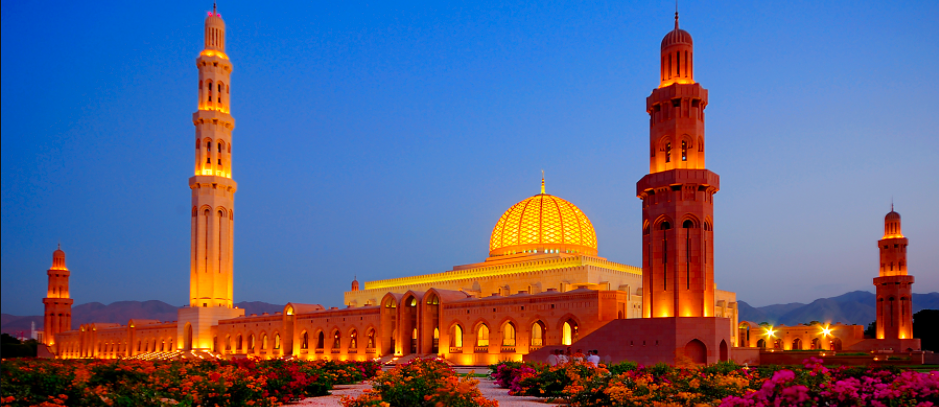
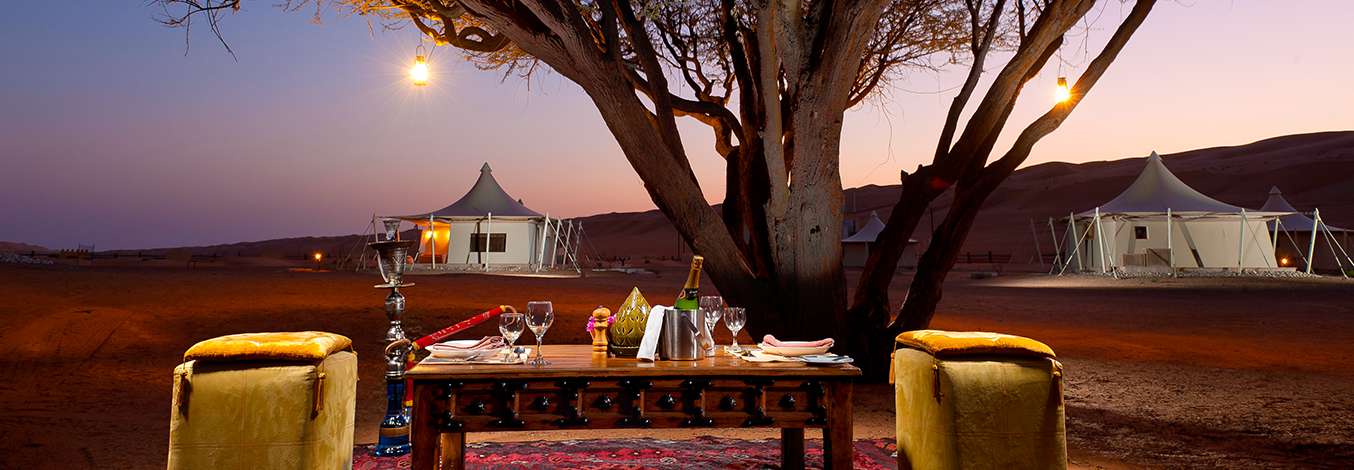
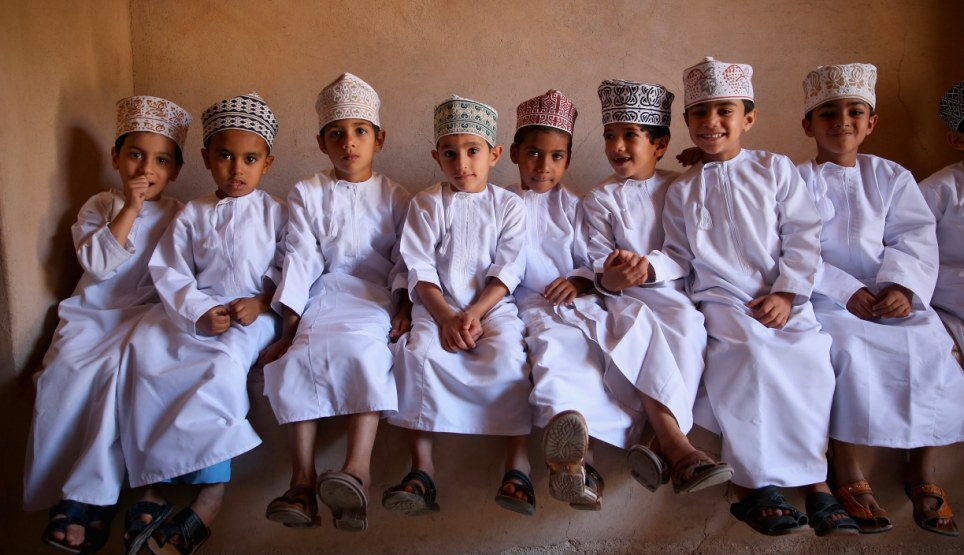
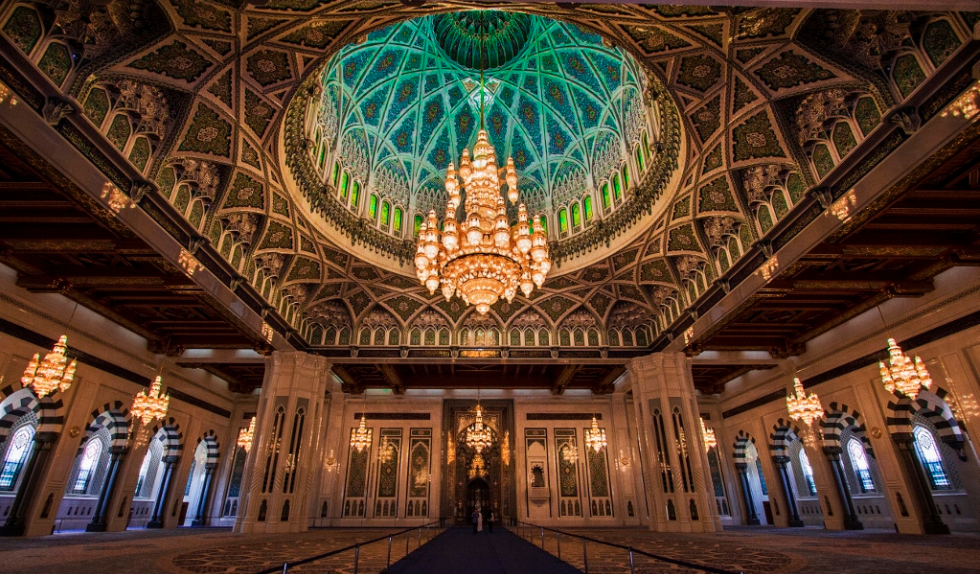
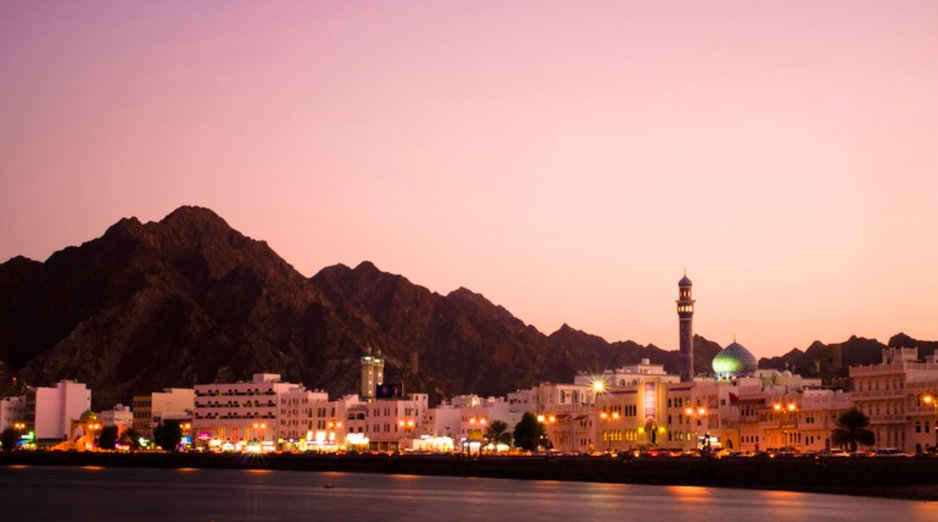
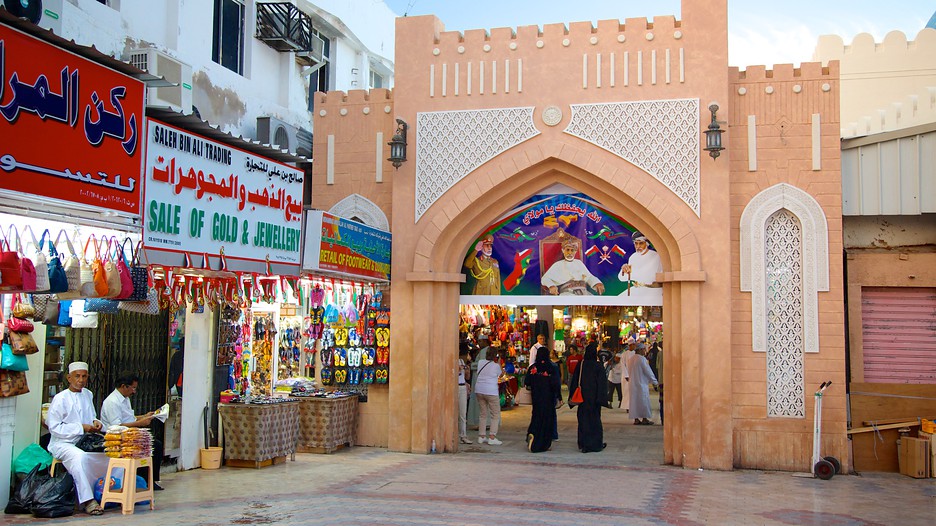

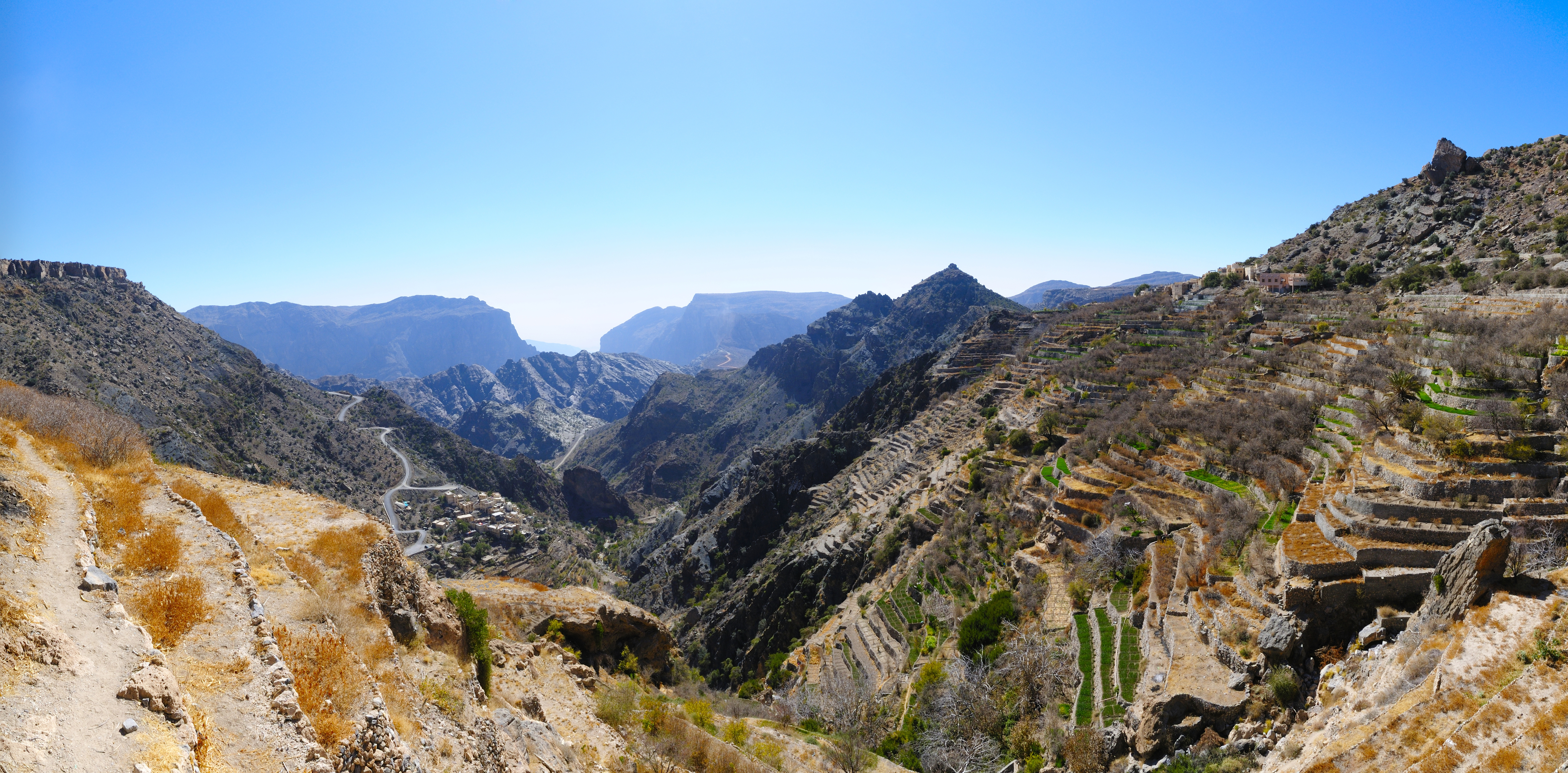
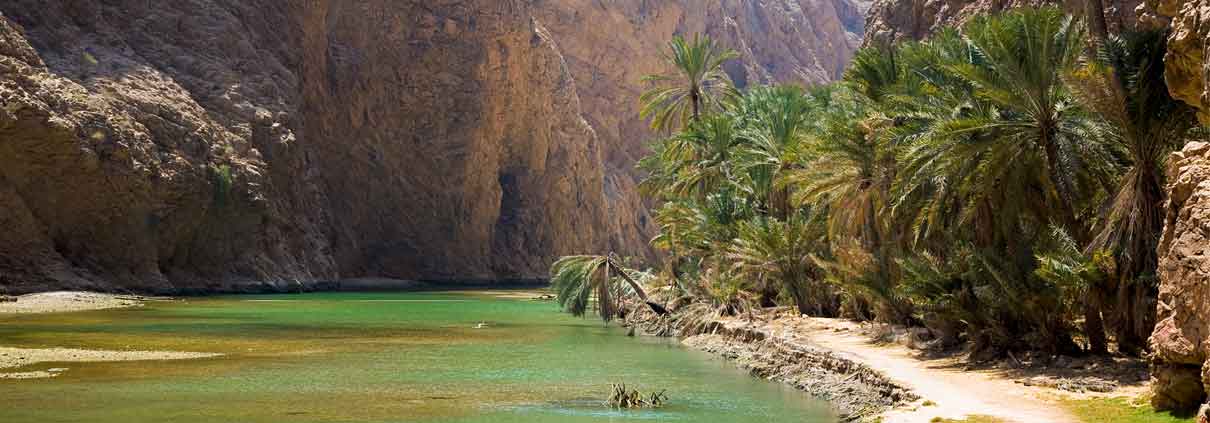
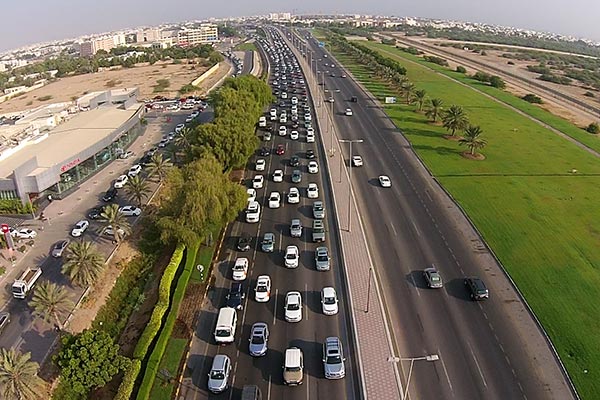
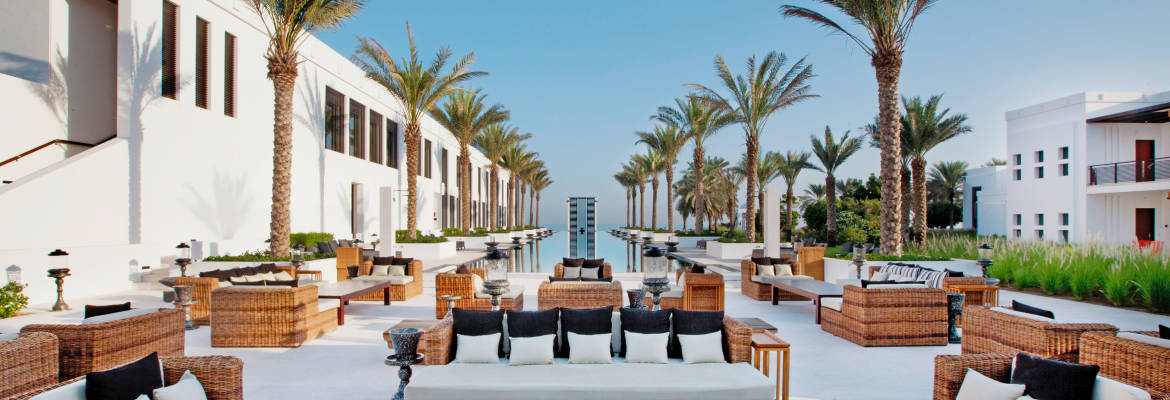
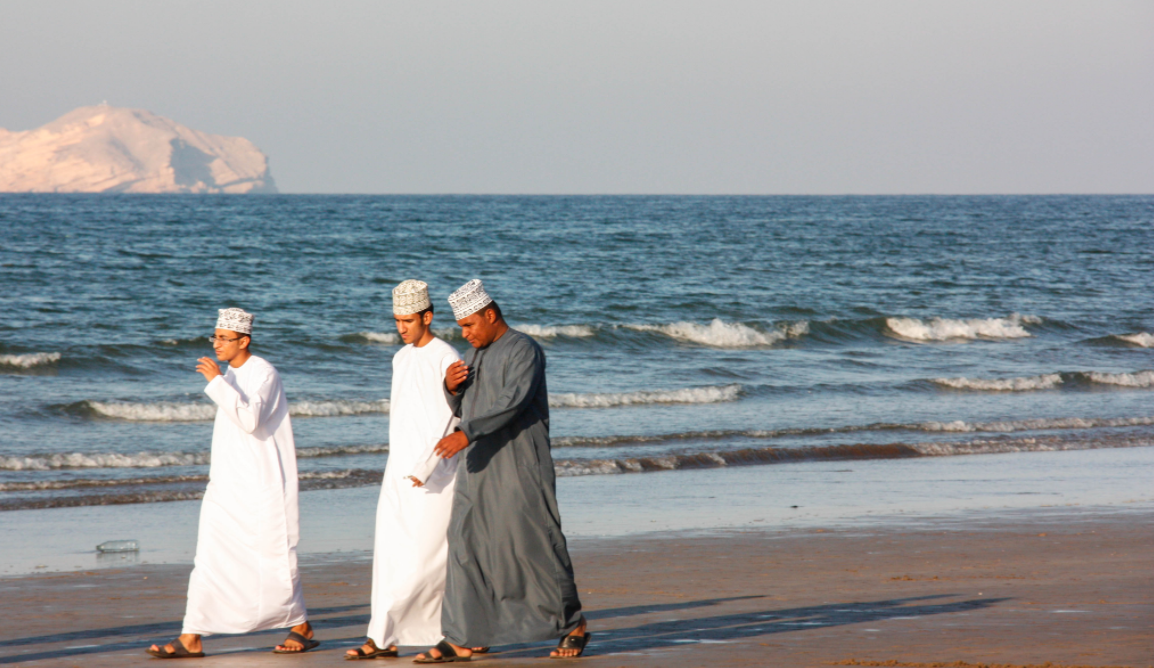
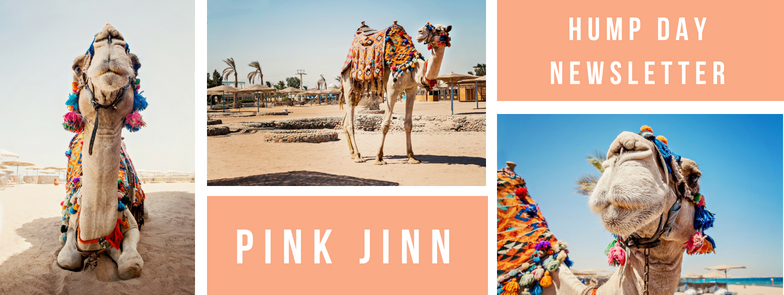





I think it is important to mention though that it can be difficult to practice Arabic in a cosmopolitan city like Muscat. The lingua franca is English similar to how if you are a foreigner in Morocco people will constantly try to speak to you in French. Of all the cities I have lived in the study Arabic, Muscat has been the hardest to find practice in.
That’s interesting – I can totally see where you’re coming from! It certainly doesn’t help in Muscat that such a large number of people are expats and so Arabic isn’t their first language in the first place. I will definitely revisit this post and add this in!
Although with regard to Omanis, I have always found them extremely willing to speak and practice Arabic with you when they know you’re trying to learn, which is why we’ve rated it so highly for opportunities to practice.
Thanks so much for sharing this, we really appreciate hearing your thoughts ☺️
Hmmmm not really. If you’re referring to shopkeepers and waiters then yeah, they’re mostly foreigners who do not speak Arabic but taxi drivers, security staff, even some cashiers and people in general are native Arabic speakers. Practicing Arabic in Muscat is possible but it is not as practical as say Amman, Cairo or Beirut
You’re absolutely right, Medo! Even if you’re living or working with English speakers, there are plenty of people to practice with if you’re confident and/or willing to get out of your comfort zone! Living abroad is what you make of it. Thank you for sharing your thoughts! Laura 🙂
Thanks for your blog Lots of nice words in this article , nice to read , Do not stop.